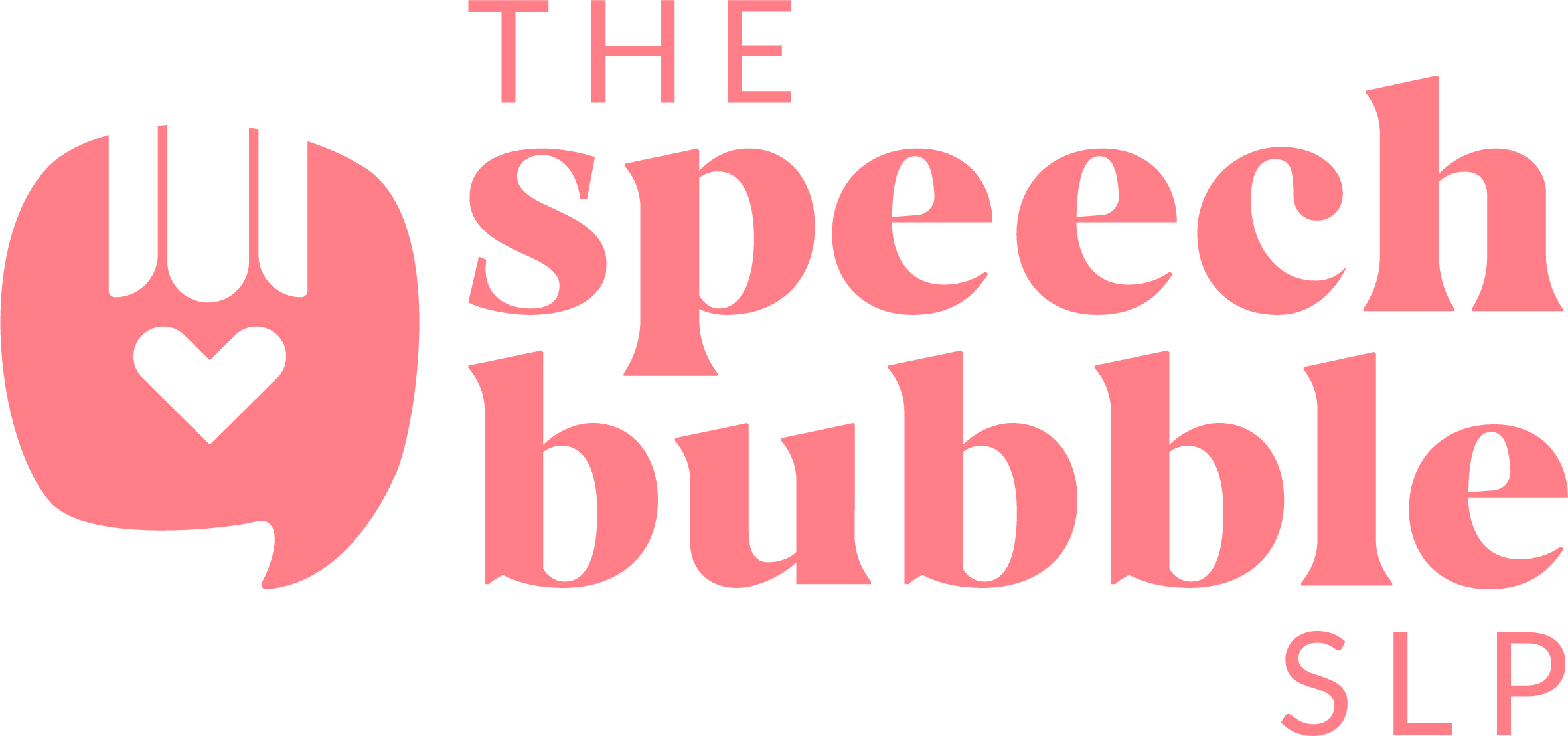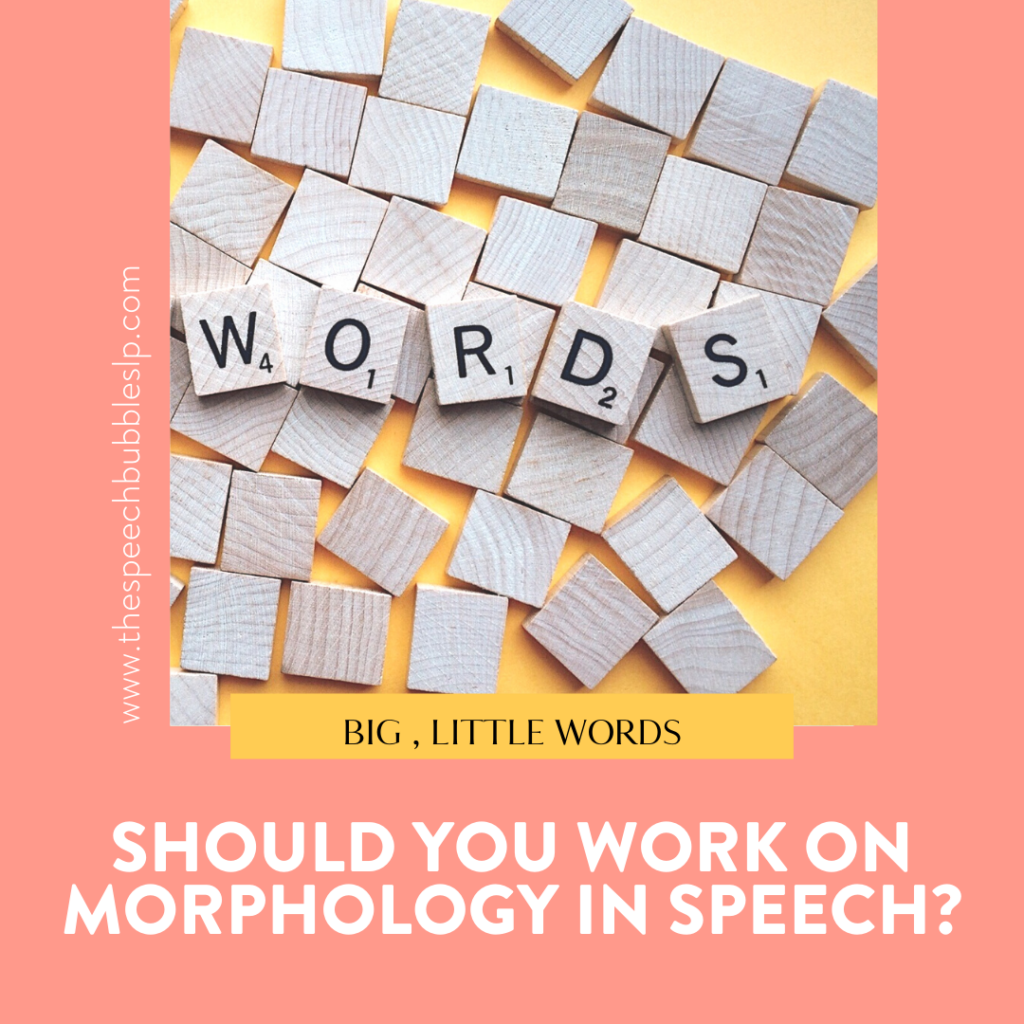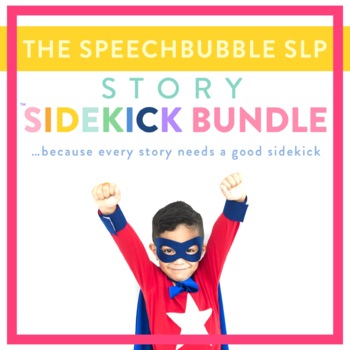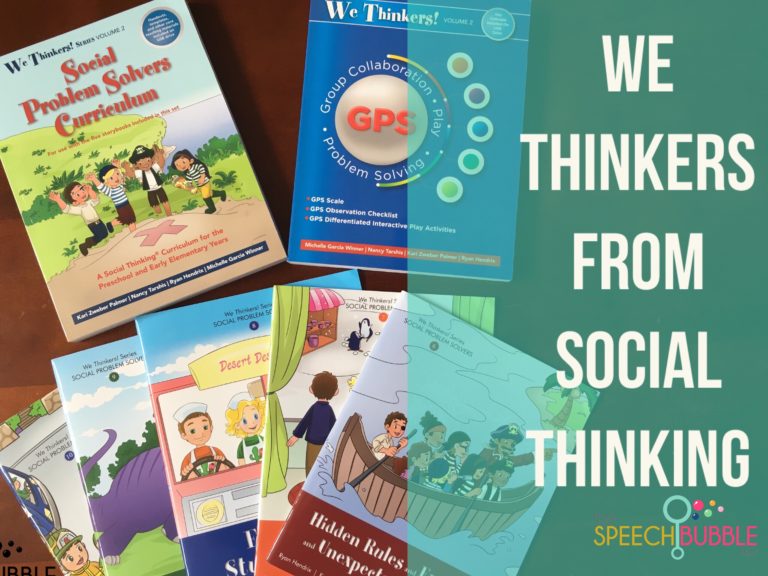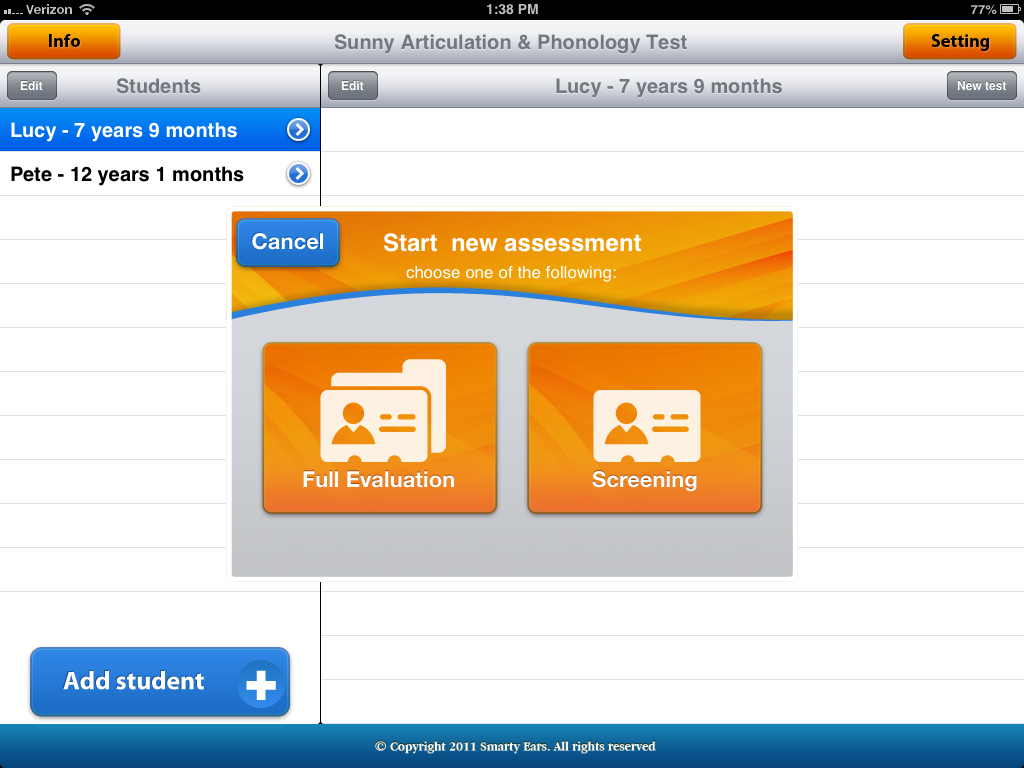Morphological awareness, is the recognition, understanding, and use of word parts that carry significance, is essential in promoting advanced word recognition, vocabulary, and spelling as well as supports the process of learning to decode written words. Morphology is one of the often-overlooked building blocks for reading fluency, reading comprehension, and spelling. Research is now demonstrating the importance of strong morphological teaching as early as first and second grade (Apel & Lauraence, 2011), where traditionally it has been the focus in middle and high school years. As an SLP, understanding the importance of this analytic skill as well as the relationship between other complex language skills, is crucial in teaching our students how to access the unknown when reading.

An individual with morphological awareness has the skill that allows them to recognize morphemes, in order to infer about the structure and meaning of unknown words. When reading, the individual not only uses morphological clues but phonologic, orthographic, grammatical, and semantic clues to define the unknown word. Once a student grasps this concept, they will be able to use that skill to grow in their vocabulary development. Students who struggle here are going to need specific instruction with a context clues strategy such as the Clue Sandwich ( used exclusively in Context Clues in COLOR ) as well as bring these morphologic details to their attention.


Morphological awareness is observed at the implicit level in preschoolers (Berko, 1958). Research indicates that implicit morphological awareness does not develop based on maturation or exposure to language alone (Liberman, Rubin, Duques, Carlisle, 1985). The first signs of morphological awareness are in elementary school when the concept is taught at the explicit level. These particular students are asked to analyze the structure of words in isolation as well as in different sentence contexts. The process of learning word formation through morphemes begins with students violating semantic and/or syntactic principles. Through repeated exposure and the opportunity to see how each part of speech can be altered, children are eventually able to master the principals of word formation. Children and adults with language-based learning problems or reading issues will have difficulty effectively monitoring their own language production. Therefore, they will not always effectively utilize this analytical skill the way a typical child or adult would.
“By 10 years of age, knowledge about the structure of words is a better predictor of decoding ability than is phonological awareness.”
(Mann & Singson, 2003)
Early readers need explicit instruction in reading and spelling with a curriculum that connects phonological, orthographic, syntactic, and morphological concepts (Bryant, 2000). We need to make sure that our students know parts of speech so they can understand how each word type can be manipulated. Student goals should be written with this curriculum in mind to allow students to be more successful in their learning. Keeping in mind that growing morphological awareness is a step to the student’s goal of writing simple sentences for example.


Morphological awareness matters when our students are learning how to read. It fosters their vocabulary development with the goal of becoming more automatic over time. The combination of phonological, orthographic, semantic, syntactic, and morphological knowledge greatly influences our student’s ability to comprehend text. The knowledge of word structure at the morpheme level allows our students an opportunity to gain better knowledge of word meaning, rapid word recognition, and spelling.
If your students are struggling with morphological awareness be sure check for part of speech understanding. Kids cannot manipulate that which they do not understand. Is it fair to expect our students to understand our lesson of how -s can make a noun plural when they do not have a cemented understanding of what a noun is? This can extend the amount of time spent on the particular morphological skill and as we know, getting adequate time in sessions ( especially mixed groups ) is rare.

The Parts of Speech to Simple Sentences resource can walk you through introducing and teaching parts of speech all the way through giving your students the skills to independently create accurate simple sentences, thus enhancing morphological awareness opportunities.

Apel, K., & Lawrence, J. (2011). Contributions of morphological awareness skills to word-level reading and spelling in first-grade children with and without speech sound disorder. Journal of Speech, Language and Hearing Research, 54(5), 1312.
Berko, J. (1958). The child’s learning of English morphology. Word, 14, 150-177.
Bryant, P., Nunes, T., & Bindman, M. (2000). The relations between children’s linguistic awareness and spelling: THe case of the apostrophe. Reading and Writing: An Interdisciplinary Journal, 12, 253-276.
Joanne F. Carlisle (2003). Morphology Matters in Learning to Read: A Commentary, Reading Psychology, 24:3-4, 291-322.
Liberman, I. Y., Rubin, H., Duques, S. L., & Carlisle, J.F. (1985). Linguistic skills and spelling proficiency in kindergarteners and adult poor spellers. In D. Gray & J. Kavanagh (eds.), Biobehaviorial measures of dyslexia (pp. 163-176). Parkton, MD: York Press.
Mann, V., and Singson, M. (2003). “Linking morphological knowledge to English decoding ability: large effects of little suffixes,” in Reading Complex Words: Cross-Language Studies, eds E. Assink, and D. Santa (Dordrecht, The Netherlands: Kluwer), 1–25.
